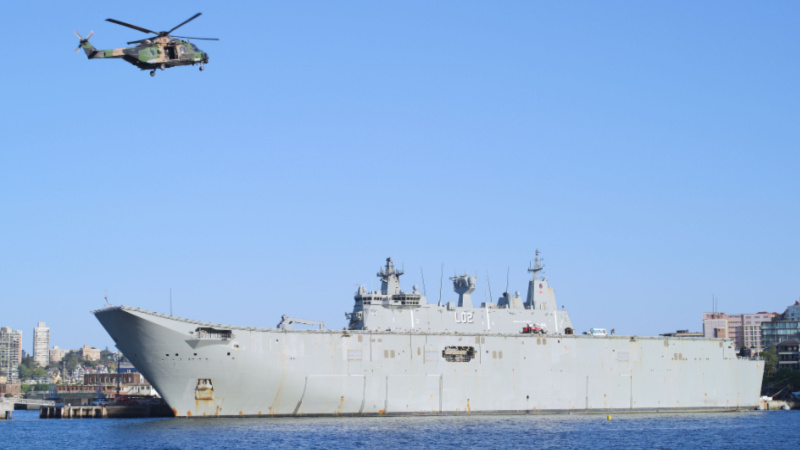China, Australia’s national security choices and great power competition in the Indo-Pacific
August 08 2022

Executive Summary
This paper assesses Australia’s current security and defence policy trajectory and examines what strategies Australia might pursue to serve its interests in the fractured and complex regional order emerging in the Indo-Pacific strategic space.
In making this assessment, the paper traces the Sino-Australian relationship, identifying the main rationales for Canberra’s decision to pivot away from the hedge posture it pursued under prime ministers John Howard through to Tony Abbott.
The paper then re-examines Australia’s past defence and security policy postures, focusing especially on notions of ‘forward defence’ and the ‘Defence of Australia’, but also incorporating newer attempts at regional coalition-building such as networked security and middle power diplomacy.
The paper argues that Australia’s current strategic policy – as encapsulated by the 2016 Defence White Paper and the 2020 Defence Strategic Update – has resulted in a confused approach, both in conceptual and capability terms, to achieve deterrence as the central objective of Australia’s defence posture. This poses two puzzles for Australia’s strategic and defence policy:
- First, there is a disconnect between adopting an Australian forward defence posture without the uncontested primacy of the US that enabled such an approach in Asia during the post-Cold War era, and the assurance that US military-security commitments to the Indo- Pacific will continue. In effect, Australia is making a risky bet in embracing a strategy that is contingent on factors well beyond its control including exogenous developments in the US- People’s Republic of China (PRC) relationship as well as American domestic politics.
- Second, while the Morrison government endorsed US strategic aims in the context of an ambitious Indo-Pacific security landscape, Australian capabilities for the foreseeable future will be incapable of providing anything other than general support to its main security ally. Hence any claims about an Australian contribution to deterrence – either by denial or punishment – are only credible if those contributions are actually useful to the United States in the first place.
To resolve these puzzles, this paper identifies a hybrid Australian approach combining the most useful aspects of the Defence of Australia tradition alongside its past emphasis on regional engagement and integration. Such an approach leaves Australia less vulnerable to either entrapment or isolation and provides it with significant deterrent capabilities in its immediate region. Fundamentally this approach will also make Australia a more useful ally to the United States because it facilitates realistic burden-sharing, rather than demonstrations of Australian commitment to US strategic goals that may be more symbolic than militarily valuable.
Authors:
Dr Michael Clarke is Senior Fellow at the Centre for Defence Research, Australian Defence College, Canberra, and an Adjunct Professor at the Australia-China Relations Institute, UTS.
Dr Matthew Sussex is Senior Fellow at the Centre for Defence Research, Australian Defence College; Associate Professor (Adjunct) at the Griffith Asia Institute, Griffith University; and a Visiting Fellow at the Strategic and Defence Studies Centre, ANU.
To read the full paper please download the PDF


